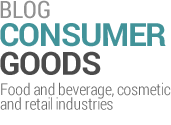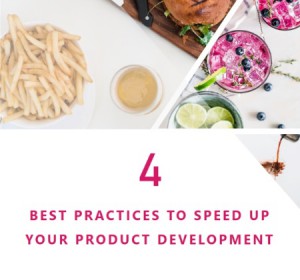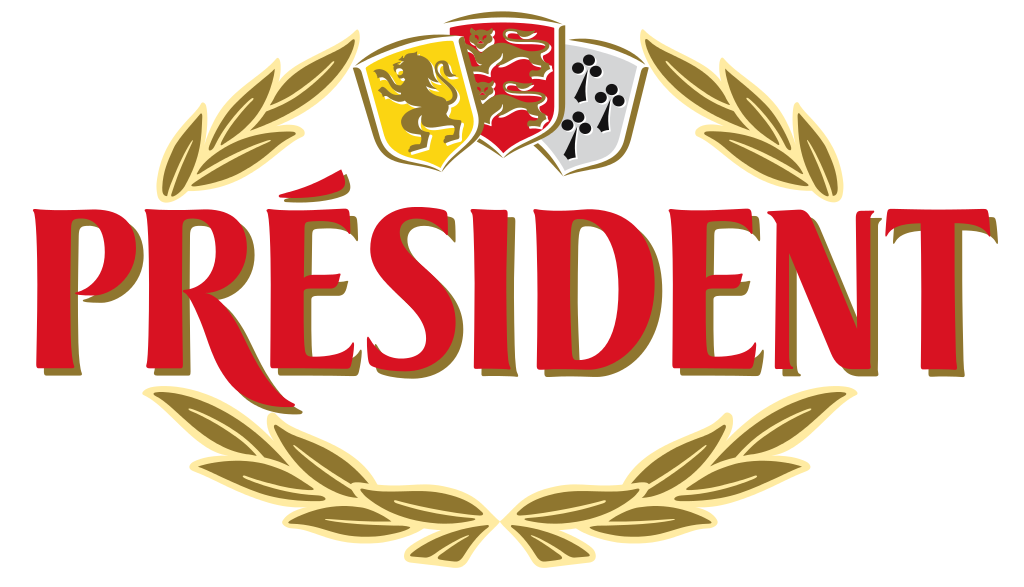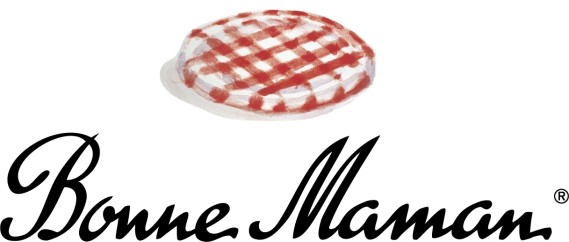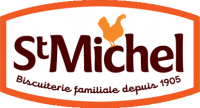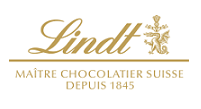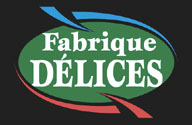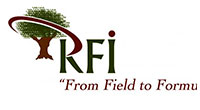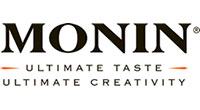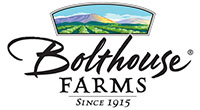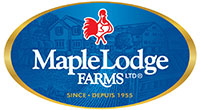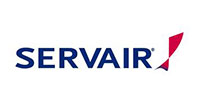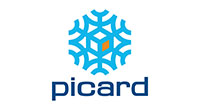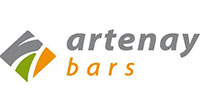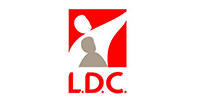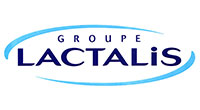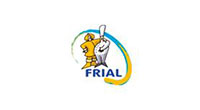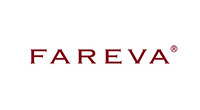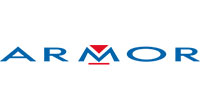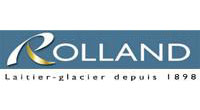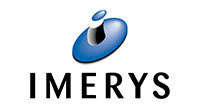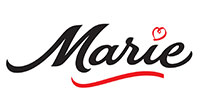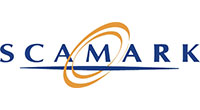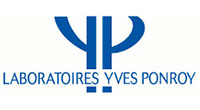
Current issues in product formulation
The nature and composition of products reaching the market nowadays has certainly changed a great deal. From a relatively straightforward offering in the past, with a few variations on a theme, brands are now producing sprawling ranges which introduce a great deal more complexity into formulation.
Secondly, the time has long passed when consumers chose food products without so much as glancing at the labeling. Food scandals and consumers’ concerns over nutrition have driven a change in methods. With the introduction of increasingly strict standards, including the EU’s INCO 1169/2011 regulation and the USA’s FALCPA concerning allergens, and the FDA Nutrition Facts panel (USA) in 2016 or the WHO-endorsed Nutriscore (Europe) in 2017, the requirements imposed on food products are growing.
Product quality is now the focus of the industry’s attention. By quality, we mean not only the intrinsic attributes of any given recipe, but also its nutritional and non-allergenic aspects. With new, emerging dietary requirements, intolerances to certain ingredients and concerns over the provenance of ingredients, product formulation has to be beyond reproach.
At the same time, environmental concerns are increasingly a key factor in product composition. Manufacturers are expected to adopt more ethical formulations and production methods, using components about which our knowledge is complete.
Product formulation is therefore subject to many constraints, which also vary depending on the country of sale. Besides regulations applying to the country where they are based, producers need to take into account specific regional and cultural requirements and thus adapt not only product composition but also labeling, or even the way it is sold.
These issues come on top of the obvious need for manufacturers to remain competitive. Global competition demands an intense pace of innovation and ever-reducing time-to-market, while not compromising on quality. Fluctuations in raw materials prices, meanwhile, create uncertainty over production costs.
The agri-food industry consequently needs to consolidate a broad sweep of diverse information to anticipate requirements successfully. The depth of product ranges creates inter-dependencies and further emphasizes the need to have an overview of all the formulations employed.
Lastly, more crucially than ever, the need for precision at every stage is absolute.
Facing this vast array of demands, food and beverage manufacturers now need comprehensive systems to support and guide product development. It is vital to have an unbroken chain of information along the entire lifecycle of these products to take every factor in the target market into account. Consumer usages, ingredients prices, internal processes, constraints and regulations are the main components of an environment that manufacturers have to understand in real time. Offering the ability to handle all these factors and provide step-by-step support and guidance, formulation applications have become essential if manufacturers are to supply products fully meeting requirements.
Formulation systems – multi-faceted support
Manufacturers these days are obliged to differentiate themselves, while shortening product launch timescales. And while this urgency prevails, at the same time, product requirements are more stringent and markets more volatile. To achieve the objectives set, some aspects have to be tracked in real time.
Originally designed for the sole purpose of aggregating data and offering recipes meeting a given set of prerequisites, formulation systems have had to adapt to these changes. Going further than their original remit, like other modern consolidation solutions, formulation applications have enlarged to take on a more cross-functional scope. Formulation systems are now expected to support the product innovation process and boost differentiation, for which they need to provide the right information at the right time to accelerate product design.
The formulation application consequently offers support in four main areas:
| Regulation |
Adherence to domestic and international regulations is to be ensured by means of:
|
| Costs |
Cost constraints are a key restriction on product design nowadays. The formulation system must enable budgets to be met by:
|
| Quality |
To achieve the best results relative to regulations and nutritional quality, the formulation software runs:
|
| Multi-level formulation |
With product ranges expanding, the need has arisen to keep a perpetual eye on the link between recipes and sub-recipes, which includes:
|
Besides the technical component, an effective formulation system needs to offer organizational functionality, serving to coordinate R&D and improving teams’ responsiveness:
| Customization |
The application must offer a configurable, intuitive working environment, to make formulation management straightforward:
|
| Capitalization |
The system should speed up the formulation process by making use of previous recipes, including:
|
| Flexibility and anticipation |
For speed of use by roles with little IT expertise, the application used should be:
|
| Collaborative workplace |
When a formulation application is integrated within a corporate PLM system, collaborative features should include:
|
PLM supporting product formulation
If the formulation application meets product quality demands precisely, it is inseparable from a PLM solution, which centralizes product information and makes it available to the right people, throughout the design cycle.
Aptean PLM Lascom Edition solution supports product development at every stage; by providing an overview of all aspects, it ensures the output matches the formulation. By integrating a food industry formulation solution, PLM offers optimum traceability of actions carried out. Tracking and storing version history makes it possible to leverage past development work, and to compare methods and formulations. The actions of all involved are also recorded in detail. The increased visibility over each stage of development enables processes to be optimized and any shortcomings to be quickly identified.
PLM also includes a large number of customization and facilitation tools. Formulation processes are facilitated over time, by means of templates that are perfectly aligned with the desired product categories.
Lastly, product lifecycle management is an active aspect of regulatory compliance, streamlining the approval process and monitoring procedures for each country where products are sold.
Using an application specifically designed for product development ensures no key element in development is overlooked. Being better recorded, processes become quicker, meaning that time-to-market can be shortened without jeopardizing product quality. From the house style used for packaging to the detailed composition, product information is vital to building a bond of trust with consumers and improving transparency.
